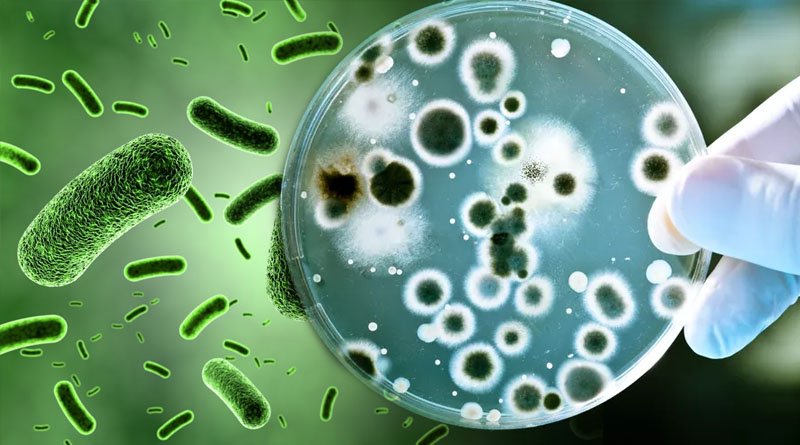Microbial adaptation is a term that illustrates the potential of microbes to bear the selective pressures of their environm.

The term “microbial adaptation” describes how microbes deal with the selective pressures of their environment. The microbial pathogens face these pressures because of the biological barriers in the body and the tissues they attack, such as infection, anti-sepsis, the immune system, and the drugs we use to stop them.
Microorganisms (or microbes) are organisms that can be seen through microscopes, are found almost everywhere on Earth, and can live in any environment.
However, bacteria and parasites are able to turn on different sorts of genes in response to different stimuli. Microbes are organisms that can easily adapt to changing environmental conditions.
Their home changes from the cold of Antarctica to geothermal volcanic areas, from land to sea, from areas that are very alkaline to areas that are very acidic, and from sources of fresh water to sources of brackish water.
It is important to know about how microbes deal with the environment because they are so different. They can not only live in hot or cold places, but also in harsh places with little water, a lot of salt, or little oxygen.
At the cellular, genetic, and molecular levels, scientists have looked into how microbes change and adapt. So, adaptation is caused by things like genetic recombination, natural selection, horizontal gene transfer, repairing DNA damage, and pleiotropy.
Because their environment is always changing, these microbes are limited by a lack of nutrients, changes in temperature, pH, or osmolarity, radiation, or harmful agents like heavy metals and high levels of superoxide.
In response, these microorganisms use transcriptional regulatory circuits to find extracellular signals and turn them into signals that tell the cells what to do. This changes gene expression and protein activity. But not every microbe can live in every kind of environment; they have to find a way to stay alive in a small range of conditions.
Due to their metabolic activities, roles in food production and biotechnological processes, and interactions with plants and animals, the different kinds of microorganisms are good for the environment.
Gemma Reguera, Ph.D., an Academy fellow and editor-in-chief of Applied and Environmental Microbiology, said, “Microbes have been around for billions of years and have survived many changes to our planet.” “Something that amazes me is that microbes always figure out a way to adapt.” “And even though we are making a lot of changes to our planet, microbes still live and even grow.”
Microbiologists use physical and chemical factors like pH, temperature, salinity, etc. to study microbes because of how different they are, how they live, and how they have changed over time. The samples are collected from the different habitats of different species, and it is seen how and why they are living there. Researchers are trying to figure out how the microbes are related to the weather and how they affect the ecosystem and human health.
People have noticed that some play a big part in helping the environment, like by being major drivers of elemental cycles (like carbon, nitrogen, and phosphorus) and eating greenhouse gases like methane and carbon dioxide. Others, on the other hand, are increasing methane, carbon dioxide, and nitrogen oxide levels. Even the less-wanted pathogenic bacteria, viruses, and fungi are trying to survive in new environments under changing climate conditions.
